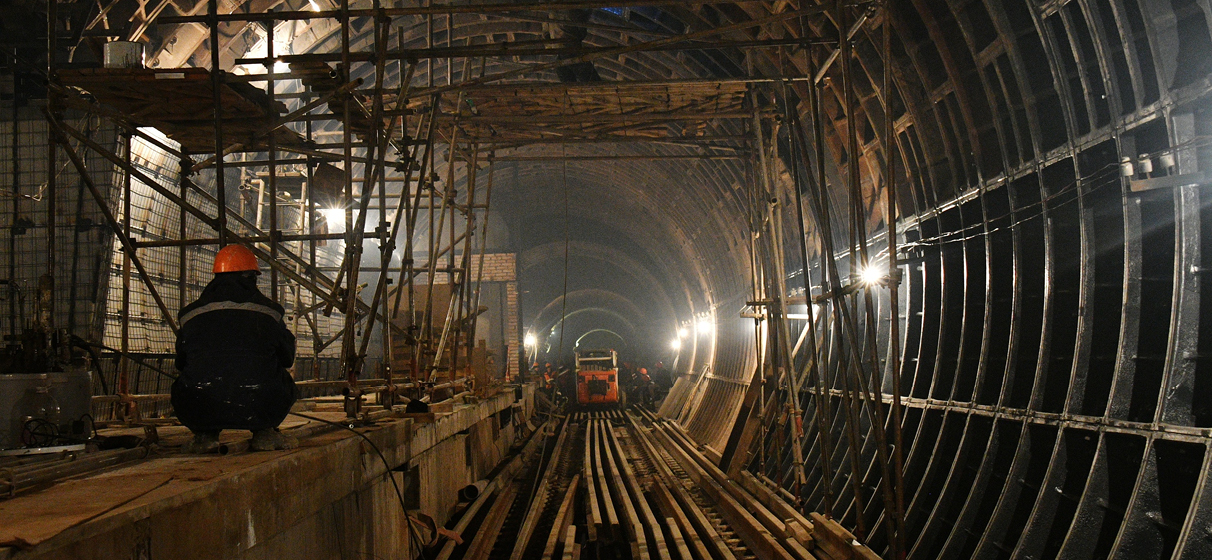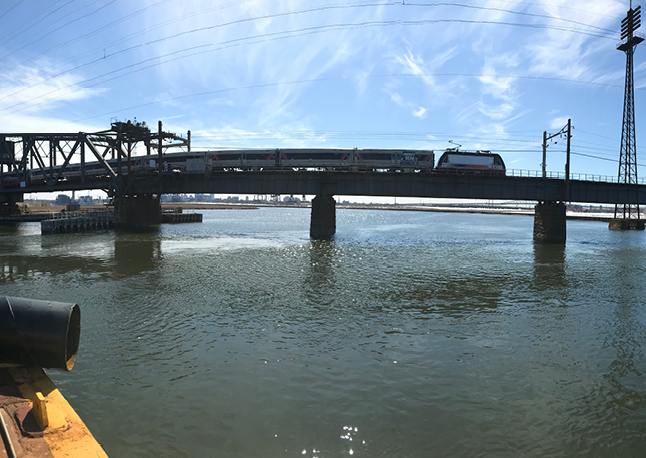It cannot be overstated just how crucial the Gateway Program Hudson River Tunnel is to the economic vitality and sustainability of the Northeast Corridor (NEC) between New Jersey and New York – the most heavily used passenger rail line in the country.
Declared “our nation’s most urgent infrastructure project” by the Regional Plan Association, Gateway will improve reliability, resiliency and redundancy while creating new capacity by constructing a new two-track tunnel under the Hudson River, thereby facilitating the rehabilitation of the North River Tunnel, which first opened in 1910 and sustained severe damage during Superstorm Sandy in 2012. This section of the NEC serves approximately 450 trains per day and over 200,000 daily Amtrak and NJ TRANSIT passenger trips into Penn Station in Midtown Manhattan.
Fortunately, with the empowerment of the Gateway Development Commission (GDC), the public authority that is facilitating and coordinating key activities related to Hudson River Tunnel’s design and construction, the program has made tremendous strides over the past two years. Particularly over the past eight months, we have hit milestone after milestone, providing rocket fuel for this generational infrastructure project.
STV has been a long-standing partner for Gateway, providing, in joint venture, preliminary engineering design and currently serving as the designer-of-record. As the senior project director for the Gateway Trans-Hudson Partnership, the consortium of consultants delivering the project, I am especially proud of our team’s contributions and am emboldened by the progress the program has made over the past year.
Just this week, the federal government confirmed it was finalizing a $6.88 billion grant for the project – the most ever offered to a mass transit infrastructure program.
This current wave of success can be traced back to September 2022 when the GDC board voted to make the commission the project sponsor for the Hudson River Tunnel project. The project sponsor is responsible for overseeing and completing the project on time and within budget, applying for and receiving federal loans and ensuring that the project meets its responsibilities under federal requirements. Providing the GDC with this responsibility and structure was truly a watershed moment for the program.
Last November, on the second anniversary of the passing of the Biden Administration’s Infrastructure Investment and Jobs Act, a ceremony was held to mark the start of construction in New York and the final phase of the Hudson Yards Concrete Casing project. This celebration was attended by Transportation Secretary Pete Buttigieg among other dignitaries, and again, captured the universal commitment and passion that has been gathering for this project.
Currently, of the nine discrete construction packages that encompass Gateway, four are in design phase and three core pieces are under construction. Chief among them is the Tonnelle Avenue Bridge and Utility Relocation project in New Jersey, a major early work component that involves the relocation of utilities and the construction of Tonnelle Avenue in North Bergen, NJ. This project will allow for a connection to the new tunnel portal at the western slope of the New Jersey Palisades, provide construction access between the staging sites on either side of Tonnelle Avenue and enable access for the tunnel boring machines (TBMs) that will dig the Palisades Tunnel portion of the project. With this project underway, we anticipate that the TBMs will begin boring the new tunnel by 2026.
Additionally, the ground stabilization program, the first “heavy construction” and underwater work for Gateway is now underway. This project includes building a 1,200-foot cofferdam that will strengthen the riverbed on the Manhattan side of the Hudson River. This will allow the TBMs to excavate the new tunnel while protecting the riverbed from any disruptions.
After years of waiting and starts and stops, it’s remarkable just how quickly this project has advanced. It’s a credit to the GDC, our stakeholders and partners at the federal, state and local levels, and the consortium of consultants who are all aligned and rowing in the same direction to make this urgently needed project a reality.








